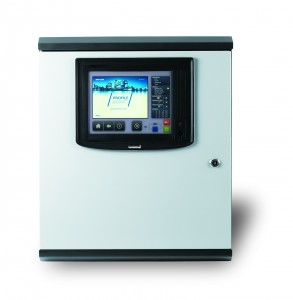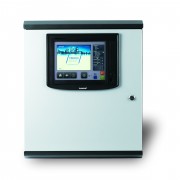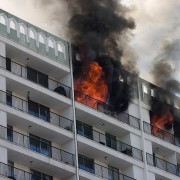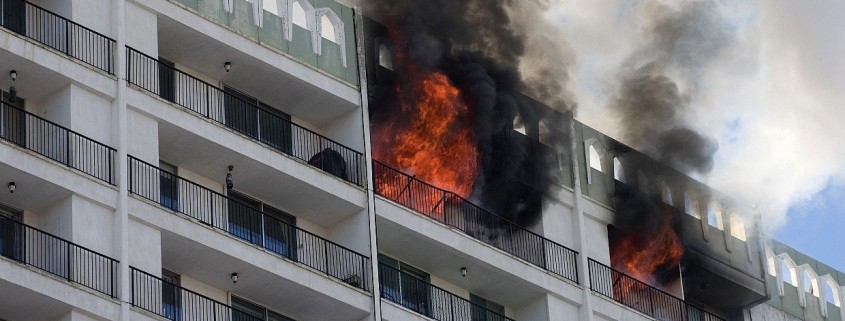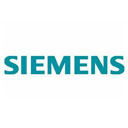Reading Time: 4 minutes
Text by Tony Wu, Senior Loss-Prevention Consultant, Asia, XL Catlin
Purely as a thermal insulator, polystyrene foam outranks every other building material. In addition to its inherent thermal properties, it can be sprayed into any space, filling tiny gaps without damaging beams or other important structural supports. It even keeps out most rodents and insects.
No wonder, it quickly became the global insulator, not only for buildings and transport, but also for refrigeration and food packaging. It was even used as a seal in nuclear power plants.
However, several deadly, high-profile fires—at the Düsseldorf Airport, the Channel Tunnel, and the Browns Ferry Nuclear Power Plant—brought the foam under global scrutiny. Clearly, although it was the most effective thermal insulator on the market, it was also quick to ignite, highly combustible, and therefore dangerous in numerous circumstances.
Some builders concluded that using the foam only in enclosed spaces—behind walls or concrete—would keep it away from heat sources, rendering it safe. Of course, this still left the foam exposed to welding and other hot works during construction and renovation.
Eventually, most builders began to treat the foam with HBCD flame-retardant. This became the industry standard—although not a legal requirement—in most regions, including the EU, the US, and Japan.
The Problem with HBCD
The self-extinguishing agent in HBCD certainly helps prevent foam fires. The treated foam shrinks away from a direct flame, and as long as the flame is small and brief enough, only the surface of the foam will burn. Once the flame is gone, the foam extinguishes itself. For HBCD-treated foam to begin to burn internally, it must reach temperatures of between 400-500°C.
However, even treated foam can start a fire indirectly. How? If a fire begins in a room nearby, or if an enclosed room with foam insulation heats up on a hot, summer day, the foam’s temperature can slowly rise to above 100°C. As it heats up, the foam softens, releasing highly combustible gases. A single spark can ignite the gases, causing a“flashover” fire that can fill a room in an instant, and quickly spreads to other areas.
HBCD in the gas is highly toxic and carcinogenic, and it accumulates in the environment, endangering human, animal, and plant life for many years.
The EU has responded to the combined dangers of HBCD and flammable foam by instituting a ban on HBCD, effective August 21, 2015. From that point forward builders and others will be expected to use a safer flame retardant, most likely the newly commercialized pFR.
In 2011, Dow Chemical Company announced the development of pFR in anticipation of the ban on HBCD. In its July 2014 report, the EU cited test results demonstrating pFR to be just as flame-resistant as HBCD, but non-toxic and non-cumulative in the environment. The EU also expects Japan to replace half of its HBCD with pFR in 2015, and expects the US to replace all of its HBCD with pFR by 2019.
Tests are one thing; reality is sometimes another. Time will tell how much safer pFR really is.
China’s National Outcry
China enjoyed its own foam insulation trend in the 1990s, also with tragic consequences.
In 2010, a fire in a high-rise apartment in downtown Shanghai killed 58 retired teachers. The shock reverberated across China, reports flooding the media for weeks. An investigation revealed the cause: in an uninhabited building section under renovation, hot works had ignited newly installed foam insulation. The ensuing fire shot through the building so fast, residents in occupied areas were unable to evacuate in time.
Only 2 years later, foam panels in the refrigerated area of a food plant caught fire. Nobody realised how quickly the fire would spread. Before they could evacuate, 119 workers died from toxic smoke and flames.
These tragic incidents threw a public spotlight on polystyrene foam and other flammable building materials, compelling legislators to intervene.
China Raises the Standard
Also in its 2014 report, the EU predicted that China would begin the transition from HBCD to pFR in 2019, and complete the change by 2020.
In the meantime, China has taken a more decisive step forward in fire safety. On May 1, 2015 China released its revised Code for the Fire Protection Design of Buildings. The new code moves beyond flame-retarding treatments, to prohibit the use of flammable polystyrene foam altogether in new construction.
Other “Class B3” highly combustible materials will also be outlawed or require safer handling, including aluminum dust – the cause of another national fire tragedy.
Foam or No Foam?
XL Catlin risk engineer’s guidelines recommended avoiding the use of polystyrene foam in new construction, so, we fully support China’s new law. As we continuously analyze loss statistics from around the world, it is clear that wherever polystyrene foam is used, the risk to lives and property is substantially greater.
China does not mandate the same level of insurance. However, companies in China are increasingly looking for more powerful risk-transfer solutions. These companies frequently ask us to help them assess and mitigate their fire risk, in order to help them meet the requirements for better insurance.
Companies selecting facility locations in China should be aware of the prevalence of polystyrene foam insulation in buildings of a certain age. In new buildings, if the foam is part of the design, it should be replaced. If possible, companies should avoid leasing or buying existing locations with foam insulation.
If operations are already underway in buildings with foam insulation, very stringent/strict fire prevention procedures and safety procedures must be instituted. Risk engineers can help, by conducting a COPE (construction, occupancy, protection, and exposure) risk evaluation. This will determine how additional sprinklers or other measures can help to protect lives and reduce property risk.
Above all, it is important to know that while fire is the leading threat to property, nearly every fire is preventable.
As China takes the lead on banning highly flammable building material, and the EU bans toxic HBCD, we look forward to a future of better worker safety, property safety, and ultimately business security.
